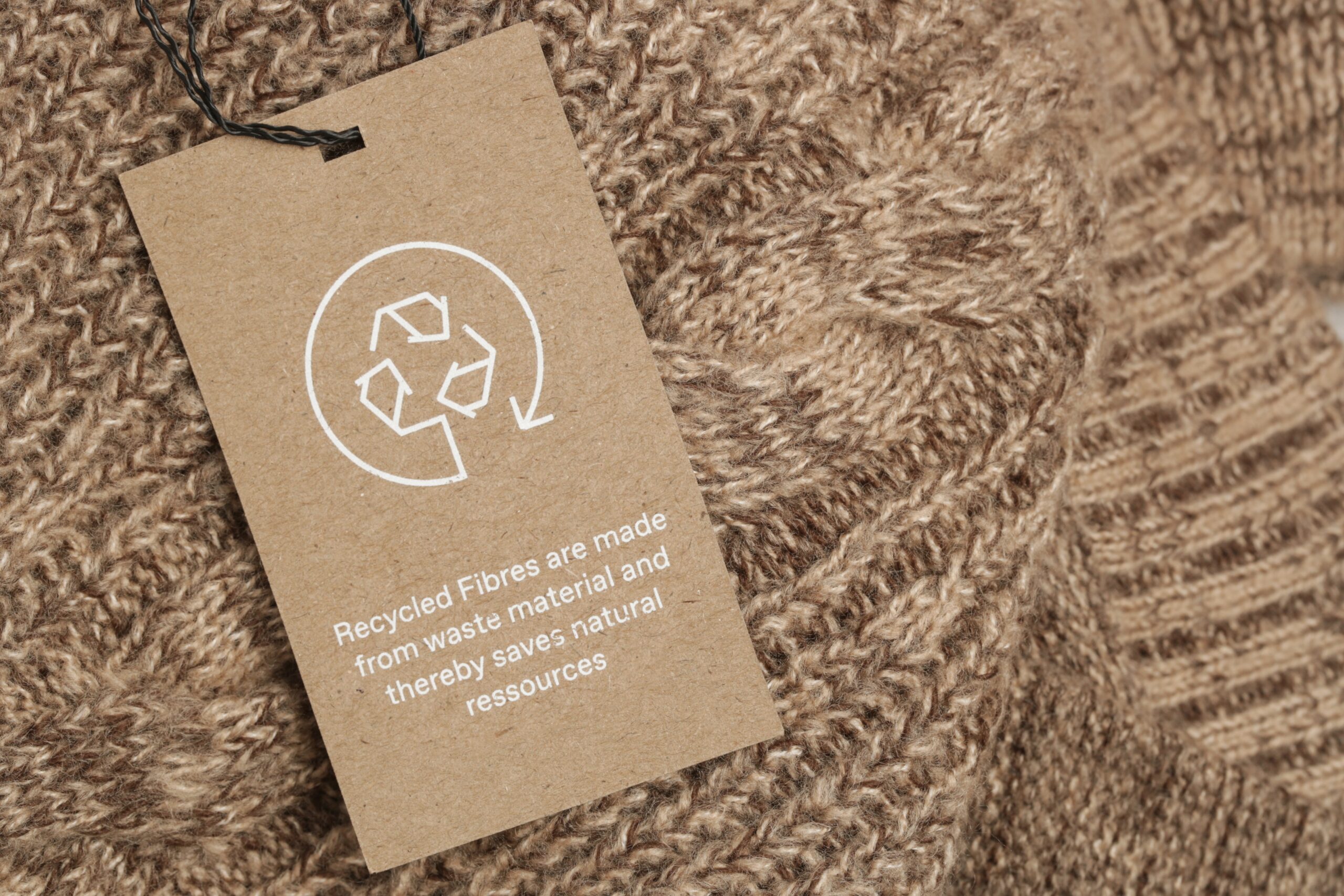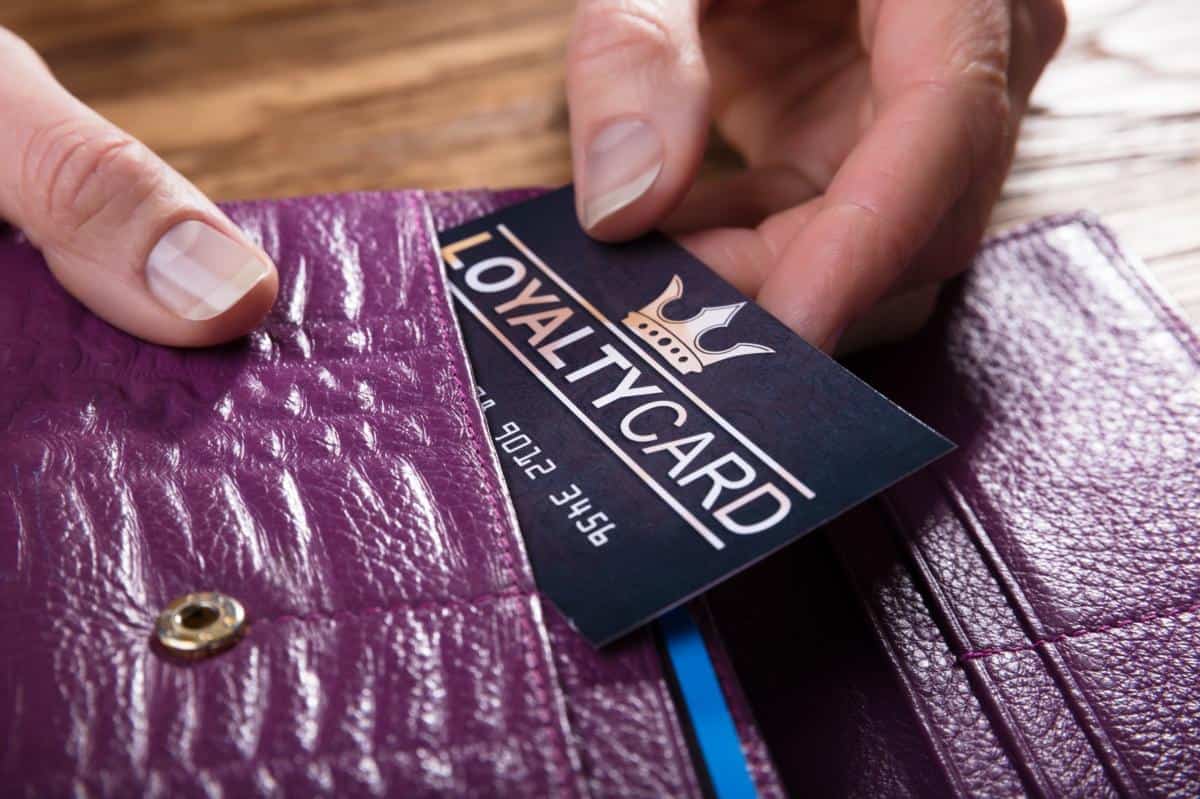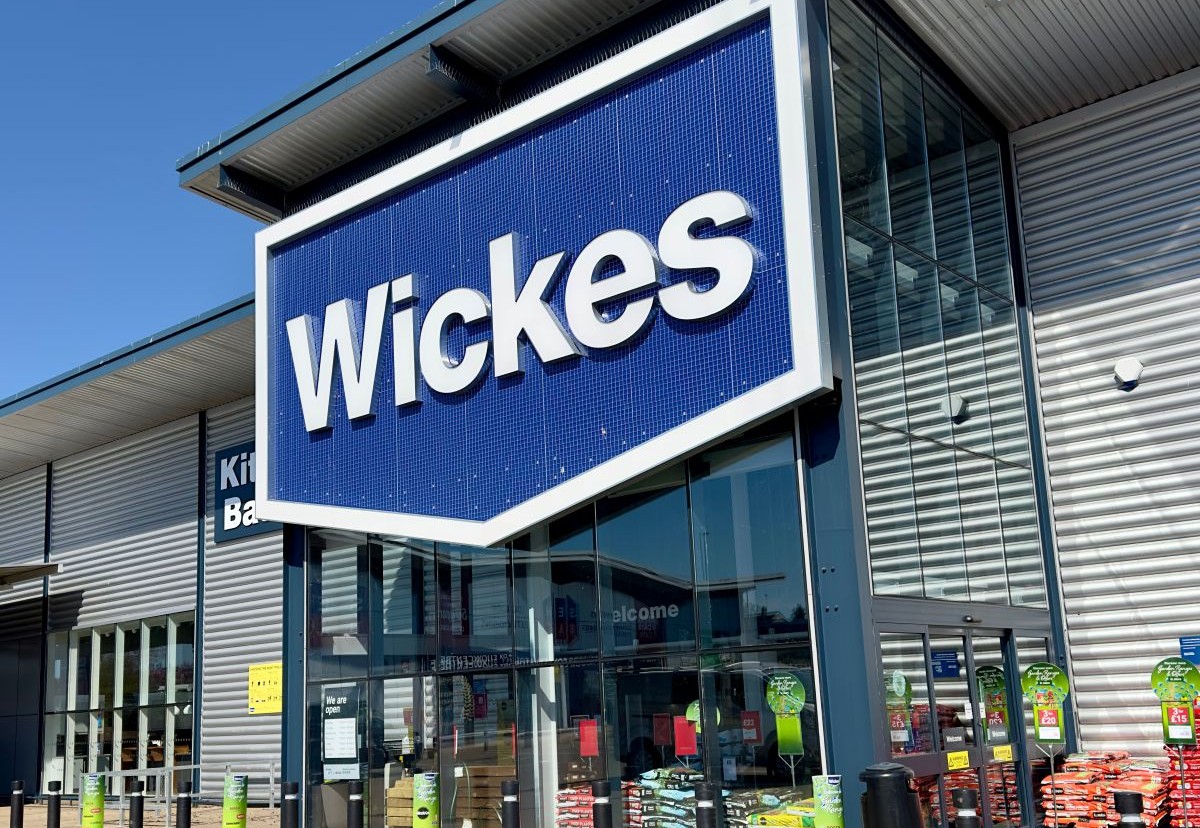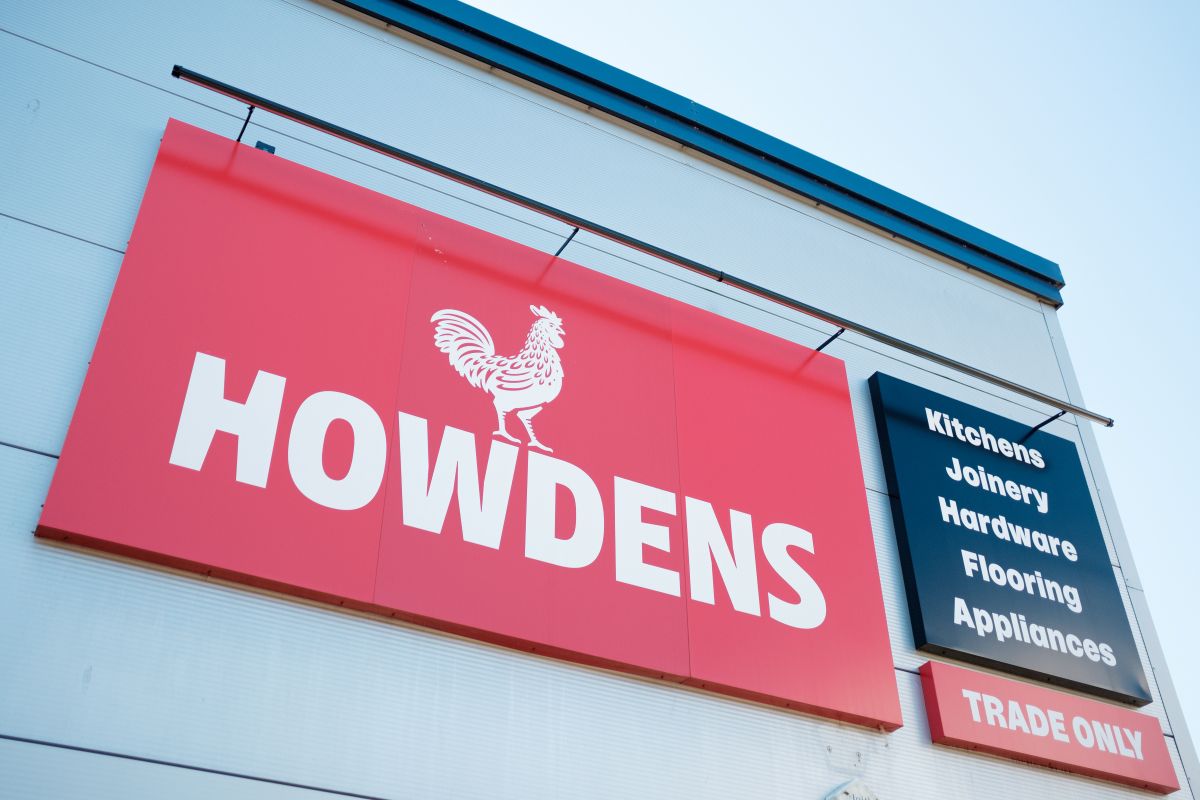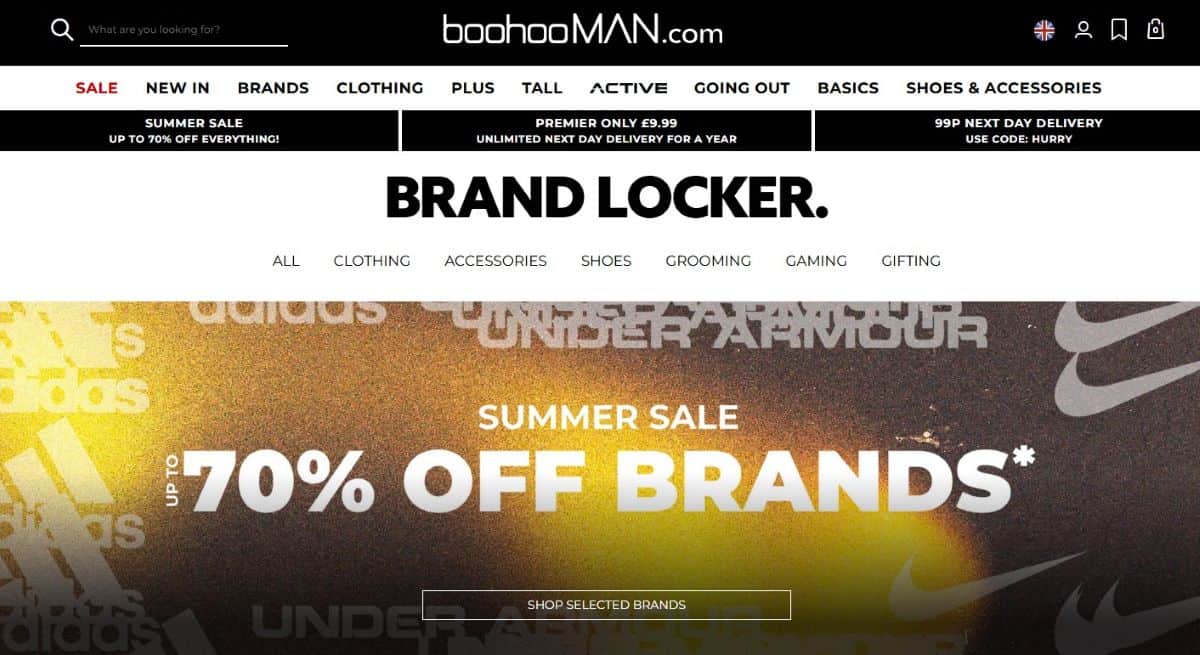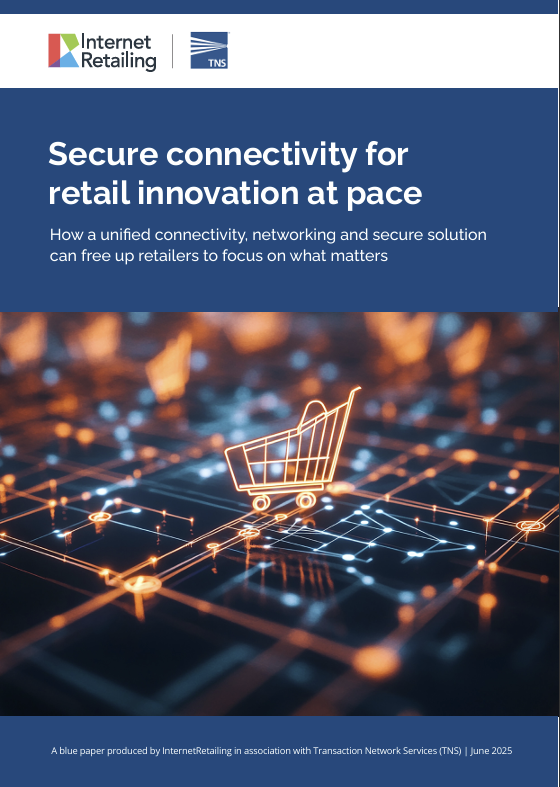RetailX’s The Year in Data report sees our experts offer their perspectives on internet retailing in 2023. Ahead of its launch, Emma Herrod offers insight into how consumers and retailers are adapting to understandable and increasing concerns about the environment.
As it makes the news more often, consumers are becoming far more concerned and informed about the environment, along with the welfare of people who make the products they buy. Issues such as animal welfare, carbon footprint, food miles, the destruction of the rainforest, producers being paid a fair amount, slavery and child labour are just some of the many concerns raised by shoppers.
Overall, less than 5% of consumers say they aren’t worried about the environmental impact of the retail industry, according to RetailX research. 77% of Gen Z shoppers, plus the same percentage of Millennials, want retailers to be ecologically sustainable, with one-third of them feeling very strongly about this.
These concerns, combined with high inflation and the ongoing cost-of-living crisis, have resulted in rise of second-hand sales in parallel to a culture in which it’s acceptable to ‘mend and make do’.
Sales have been booming over the last year on sites such as eBay and Vinted, which enable consumers to buy and sell second-hand fashion. Indeed, the market for second-hand luxury items is growing faster than sales of their full-price equivalents. This, in turn, is leading to sites introducing services to verify the authenticity of designer items being sold, as well as the brands themselves entering the market in a bid to control and profit from the resale of their goods.
Shoppers also want to know about the impact of goods when they buy new. They actively seek out information on brand and retail ecommerce sites before making a purchase and while some retailers are sharing information about their own sustainability journey, there is still a lot more that could be done. The majority of shoppers think the ecological impact of purchases needs to be made clearer.
Those retailers and brands that have been working on measuring their environmental impact and making supply chains more sustainable are trying to translate these efforts into understandable messaging for consumers. What is effectively a science, mathematical and data exercise is being turned into brand-led, heart-felt messaging by marketers. Yet increasingly stiff regulation against ‘greenwashing’ protects consumers from claims of sustainability that cannot be backed up by facts.
At the same time, retailers are testing new business models, adopting more circular practices and designing products to make them easier to mend or recycle, thus extending their usable lives. Department store Selfridges aims to make its Reselfridges rental, refill and resale operation account for 45% of all transactions by 2030. It is not alone in being so ambitious.
RetailX research
The attitude-behaviour gap: There is a gap between the products consumers want to buy and what they actually purchase. Price is a major factor here, since consumers say they often opt to buy a cheaper product that doesn’t have the same environmental criteria as the one they would prefer to purchase. Consumers in China and India are the most likely to choose a sustainable product when one is available, even if they have to pay a premium. 24% of Chinese consumers have bought a sustainable product when available every time they shopped in the last 12 months, as did a quarter of consumers in India. Shoppers in the US, UK, Canada and Australia are more reluctant to pay a premium.
Sharing sustainability goals: 11.4% of the RetailX Global Top1000 retailers and brands outline their sustainability goals and commitments on their ecommerce sites, making the information easily accessible to consumers. Some make the information prominent while others include a link in the site footer or the top navigation. Fashion companies are the most likely to share sustainability targets with browsing consumers. 21.7% of fashion companies do so.
Sustainability roadmap: Fashion retailers are the most likely to share details of how they intend to reach their sustainability targets. 18.9% of the fashion companies in the RetailX Global Top1000 publish plans of action to achieve their stated sustainability goals. Homeware retailers are almost as likely to share their targets online. 18% have done so, with 16.9% giving more data about their roadmap to achieving the goals. 10.2% of multi-sector stores share plans, with 8.7% of consumer electronics retailers also doing so.
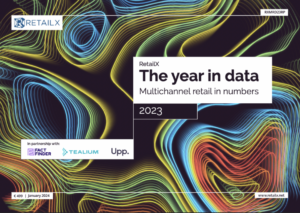
Coming soon: The second annual Year in Data report, brings together the highlights and key points from all of the RetailX reports published over the past 12 months. Through 66 pages, we share the data highlights from the more than 40 reports that RetailX produced in 2023.
